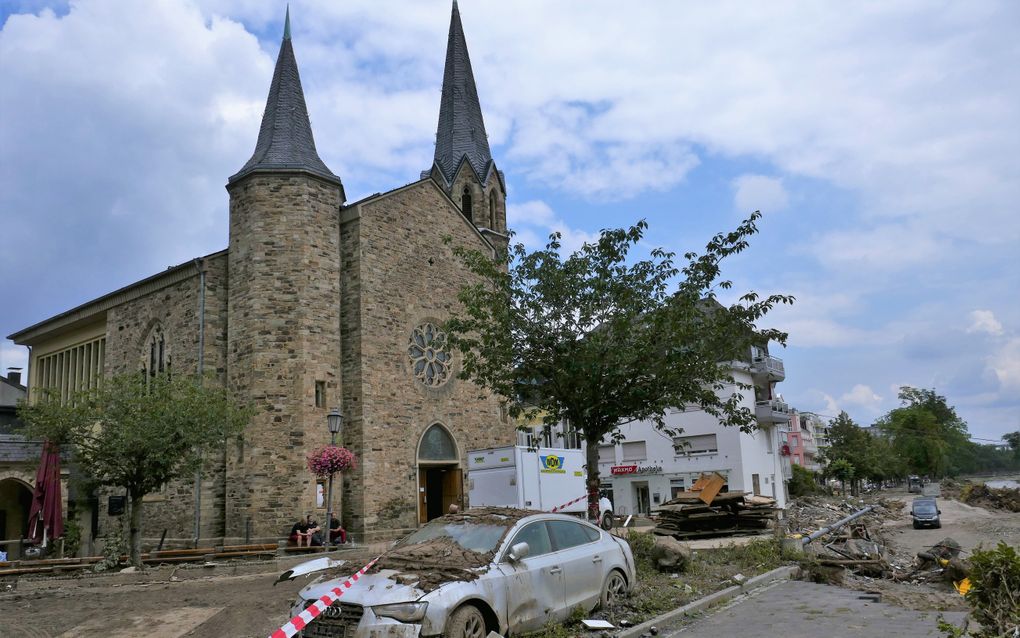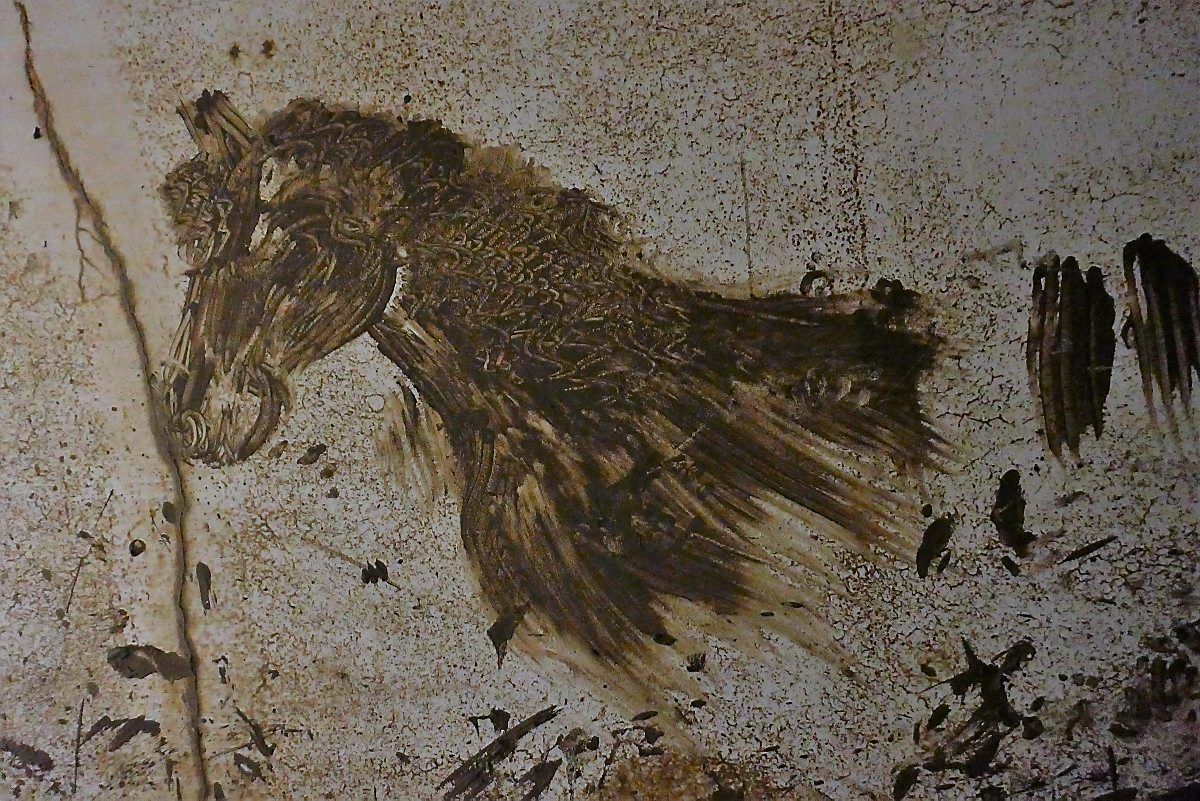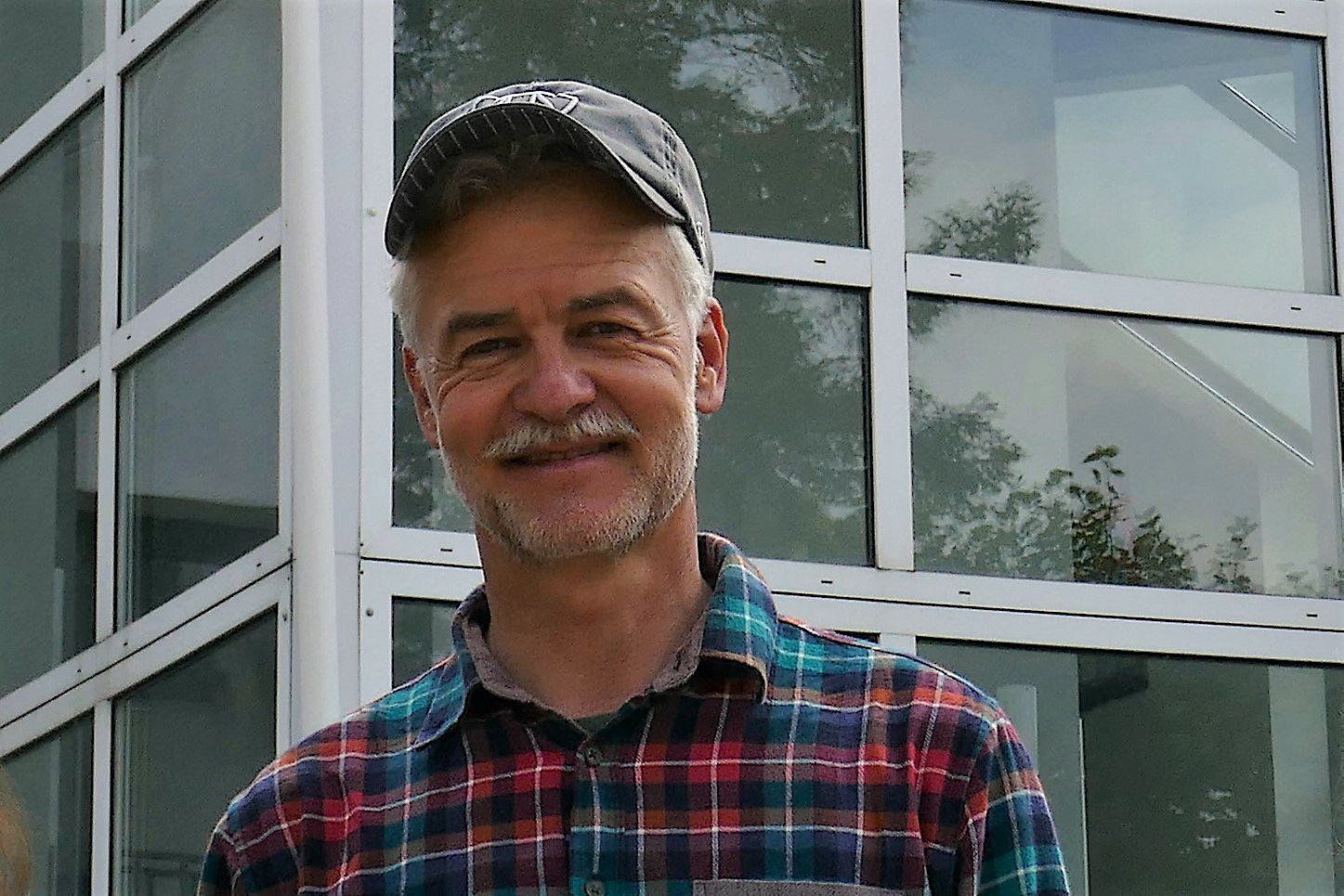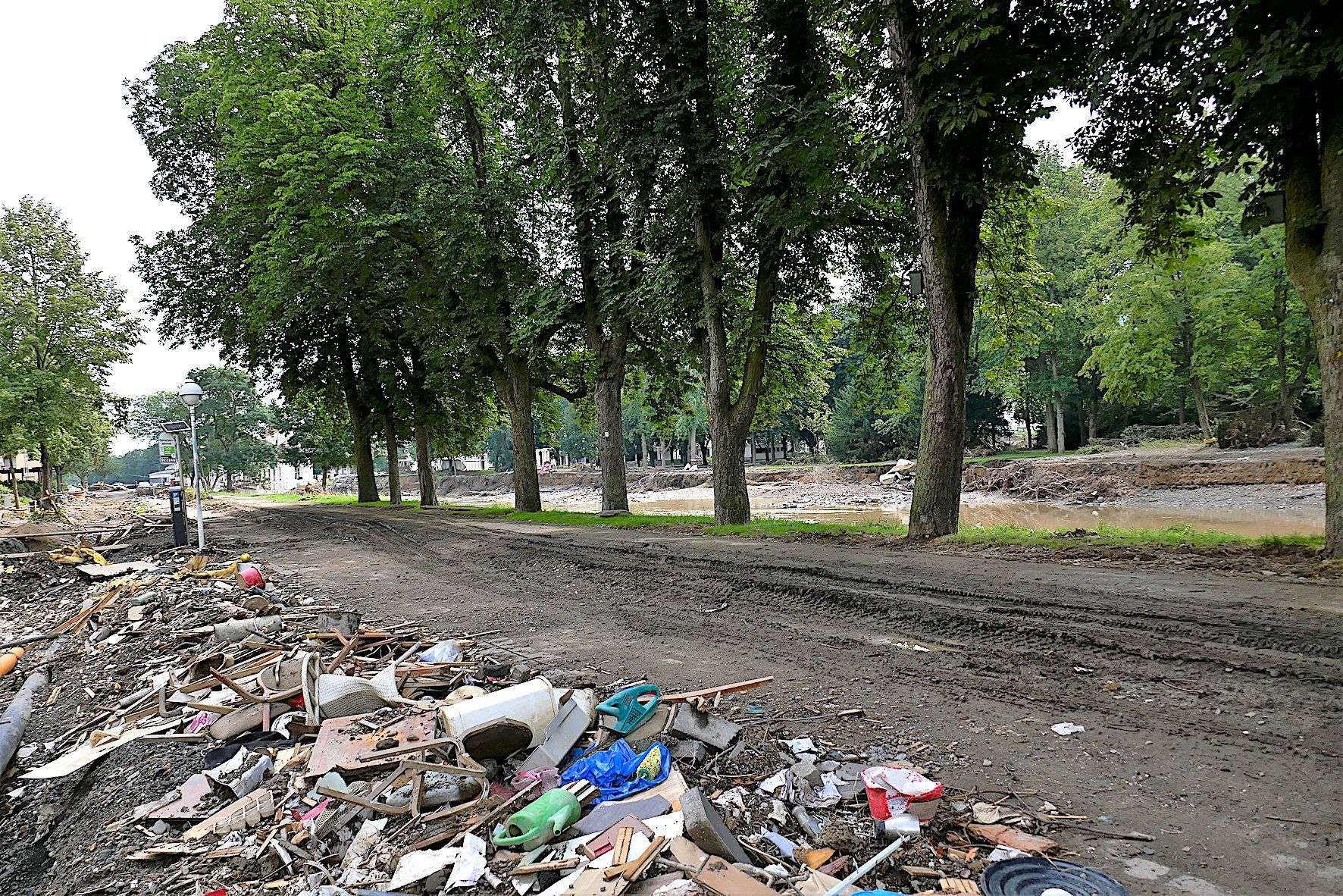Pastoral care in the mud of the Ahr Valley
Still covered with mud. That's the situation three weeks after the flood in the town of Bad Neuenahr-Ahrweiler. Aid workers in the Ahr Valley are busy everywhere. The Martin-Luther-Kirche has also had a hard time. The pastors of the Protestant community of Bad Neuenahr are doing all they can to help people. "Our place is here, where God has placed us."

The Ahr river, which cuts Bad Neuenahr-Ahrweiler in two, is only a tiny stream. The water babbles quietly on, meters below the bank. But it's immediately clear that something has happened here. Parts of the bank have been swept away; branches, pieces of wood, and other debris lie everywhere. This is the result of the high water in mid-July, which swept away everything in its path.
It is evident that the water came far over the banks. The road beside the Ahr is still full of brown mud ("Schlamm" in German), which sticks to the soles of your shoes. On the side of the road where the houses are, there is an unprecedented amount of rubbish with pieces of stone and wood and a broken chair and a watering can, all carried away by the swirling water. Or maybe not: a man comes out of his house with a wheelbarrow full of rubbish and dumps it on the big pile. A little further on, a cleaning truck is discharging mud from a nearby flat into the Ahr.
Martin-Luther-Kirche
At the intersection of Georg-Kreuzberg Strasse and Telegrafenstrasse, the bridge over the Ahr has disappeared. Only the bank foundations are still there. Right at the crossing stands the Martin-Luther-Kirche, in front of which is a broken-down grey Audi covered with mud, with a red ribbon around it, in a desolate flowerbed.

In front of the building, yes, there is a small truck from the organ builder Van Vulpen from the Dutch city of Utrecht. Three employees of the company are disassembling and loading the central organ of the church. "Our company does the maintenance here," says Leo Hardeman. "The organ was high up on the gallery and remained undamaged. The organ case remains. We take the interior to the Netherlands and store it there until it can be rebuilt. There is so much to be done in the church; it would cause too much dust." It is not known when the organ will be reinstalled.
Only a few pews left
In the church building stands concert organist Christoph Anselm Noll. His wife is the permanent organist of this building. He shows the church. On the walls, you can see that the water here has been at the height of one and a half meters. Throughout the church building, a line is visible. The carpet has been removed. The tiles around the altar are broken. There are only a few pews left. There is Schlamm everywhere.
Noll explains that the main organ is one of the few parts of the church that has remained undamaged. "The 2014 chest organ floated in the water and is unusable. The concert grand piano was in the water and can no longer be used. When I opened the door of the church on Friday morning after the flood and looked inside, I only could cry."
On the other hand, Noll says: "That Wednesday evening, July 14th, there was an organ concert in the Gemeindehaus. Afterwards, I went to this church with my wife to get some things from the cellar and brought them upstairs. We left at a quarter to twelve. Half an hour later, the water came up. I don't want to think what would have happened if we had still been there then. Glück gehabt; we were lucky."
Four hundred dryers are underway
The Gemeindehaus, the community building where the Evangelische Kirche organises activities, is a few hundred metres away, on Wolfgang-Müller-Strasse. In front of it are Elke Eumann, who runs the municipal office, and Petra Pellenz. They have just given an air dryer to a young couple from the area.
"We have received four hundred of these devices from the national Protestant Church's Emergency Relief Deaconry," says Eumann. "There is a great demand for them. People want their homes to be dry again. They can get the devices free of charge. We are almost through. There will be another shipment of about four hundred dryers."
She pauses. "We do what we can," she continues, "but we are broken ourselves."
The two show the office. All the furniture is gone, as is the carpet. A glass door with the word "Secretariat" is loose in a dirty room. In the rooms in the building next door, it doesn't look any better. Part of an inner wall is broken. There is rubbish everywhere. The Schlamm is in thick splotches on the sink, the toilet, and the walls. Someone has painted a horse's head out of it and a heart and a cross on the opposite corridor wall.
Eumann says that the water came so fast that she did not save the church's archives. "At 11 o'clock on that Wednesday evening, we heard rumours of a high tide coming. Two hours later, the flood had engulfed everything. The van from the Gemeindehaus was floating away in the water."
She is happy with the help that came from all over Germany. "Every day, there were twenty to thirty volunteers ready to help. The worst of the mess is gone. But there is still so much to be done."
The church received goods and money to distribute, says Eumann. "The money we give to people to provide for their basic needs. The goods include clothing, disinfectant material, and, of course, the dryers."
High water pastoral care
The Rev. Bernd Bazin expects the number of people with mental health problems to increase soon. The pastor, who works in the Bad Neuenahr Evangelical Church community as a flood counsellor, came to the Gemeindehaus at Eumann's request. "The moment of genuine pastoral care is still to come. People are still trying to survive. As empty as the houses are, as empty are the heads of the people. The worst thing is the loss of things with emotional value, such as old photographs and memories of loved ones."

For the first few weeks after the flood, he and the other congregation pastors went out into the streets and houses to talk to people. "We are still in the chaos mood," he says. "That means that there is still no complete picture. People were still being discovered until recently, for example, somewhere in an upstairs room."
Three personal stories
Mr Bazin, who speaks of the greatest catastrophe in Germany after the Second World War, has heard many terrible stories. There are also victims in his congregation. However, he does not want to talk about that because it "makes people despondent." The pastor mentions three stories that have given him hope.
One of them was of a man who gave a testimony during the service in the Friedenskirche on the first Sunday after the disaster. "The man tearfully told us that on that night, he was washed down into the cellar with the water. Fortunately, he remained conscious and managed to work his way up. That man, who had seen death in the eye, was so grateful that he had survived. That is why he wanted to go to church. He could also have chosen to clean his house first."
Of that family, he met in the cemetery, which was also largely destroyed. "Those people, who live in a four-room house, took in two families who no longer had a home. That is a sign of Christian love for the neighbour."
The third is about Lucas Bornschlegl, someone who was part of the trumpet choir in this congregation. "He is working as a volunteer to build up an aid station on the other side of the Ahr, where there were no facilities at all due to the broken bridges. People can get food and appliances from him and the other volunteers. Still, he is also setting up medical aid lines. He puts this work before any job he might get."
Special encouragement from Scripture
Mr Bazin received a special encouragement this morning when he read the turn-of-the-day text of the Hernhutters (the so-called "Losungen"), he says. "The text was John 6:68: "Herr, wohin sollen wir gehen? Du hast Worte des ewigen Lebens (Lord, to whom shall we go? You have the words of eternal life)."
Mr Bazin: "Jesus asked of His disciples would not also go away. Peter replied that they wanted to stay with Him because He had the words of eternal life. God's Word has life. I can ask myself whether I should stay here where everything is broken. But we cannot leave from here. Our place is here, where God has placed us."

This article was published previously in the Dutch Reformatorisch Dagblad on August 10th, 2021.